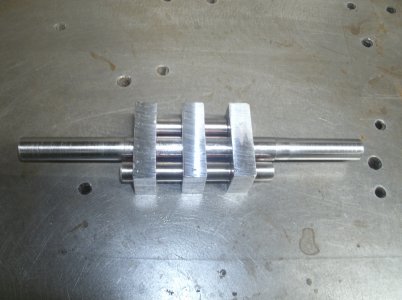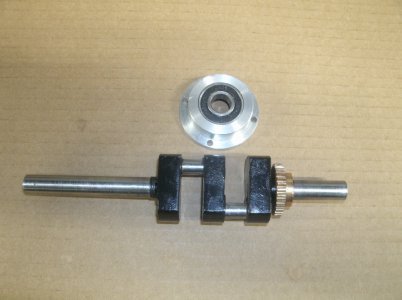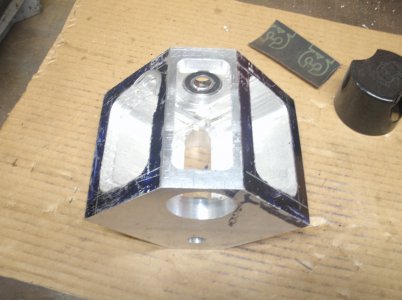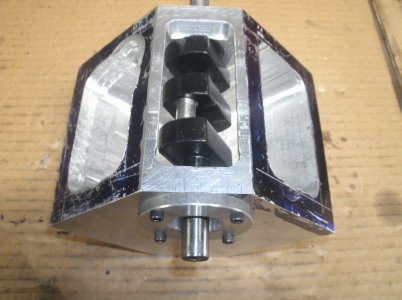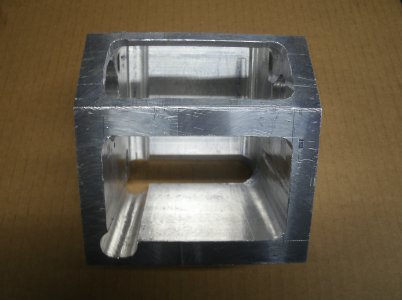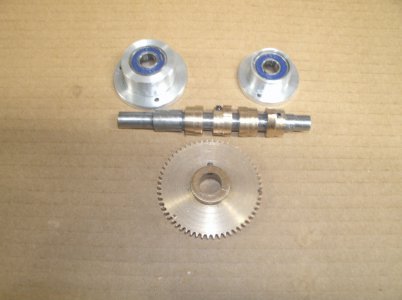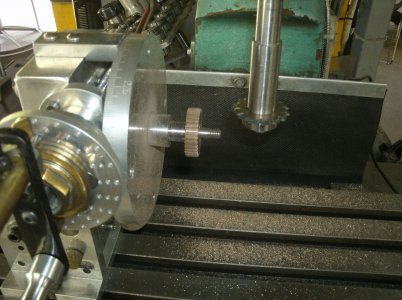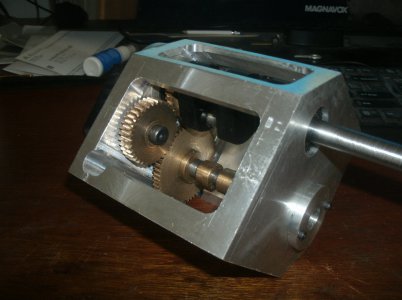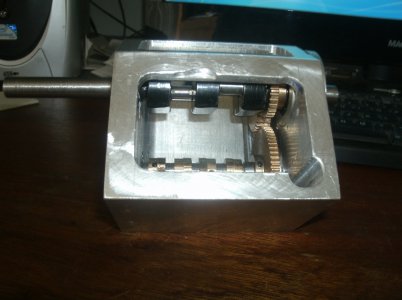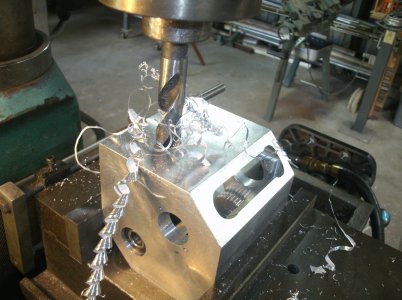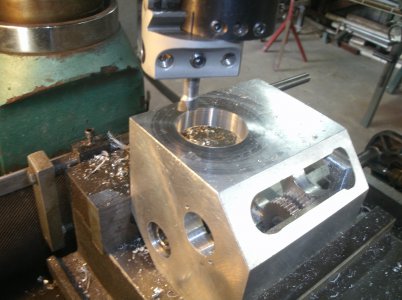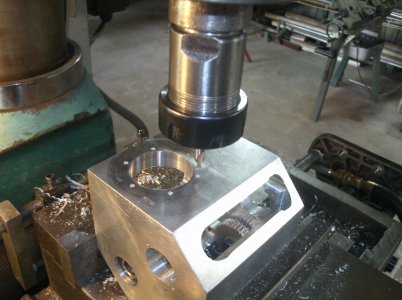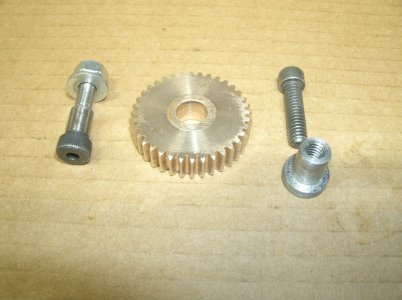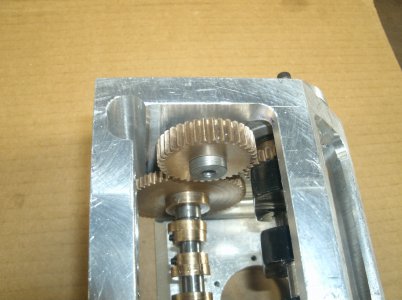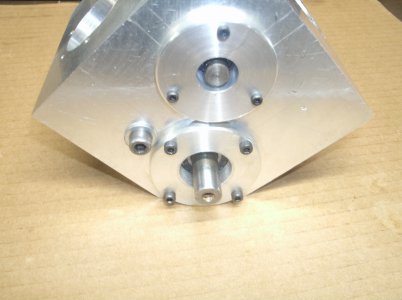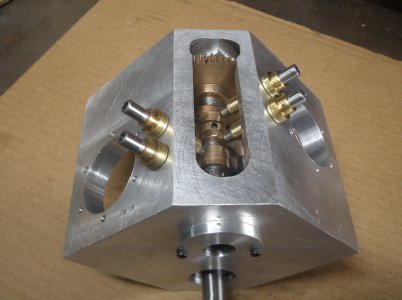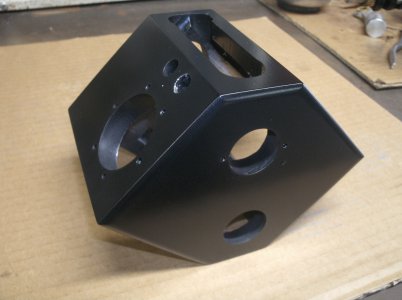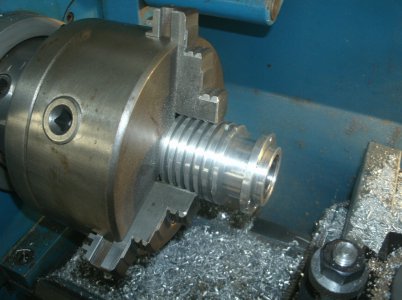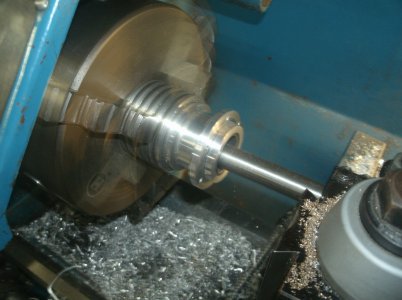- Joined
- Feb 2, 2014
- Messages
- 1,061
I just have to build another engine so if you are game then follow along and comment.
This is number 6 of the engines I have built in the last 2 years. I got hooked bad and there doesn't seem to be any way to stop.
This build will be a V Twin engine with the cylinders at 90 degrees to each other. The crank shaft is a 180 degree style with apposing throws where as many of the V engines have one crank throw for both cylinders. I understand that this configuration is not too common so we will have to see how it all turns out.
I have been asked about plans for some of my other builds and I don't have any. I design and build as I go long but I did make a drawing for this engine to see what size material I would need and kind of how things would fit together.
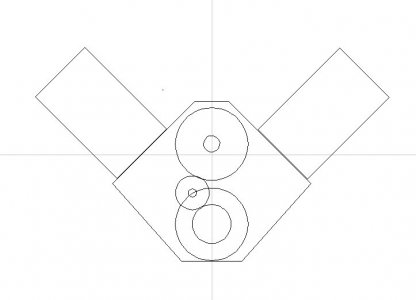
I started with a block of aluminum that was 6" X 5" x 4" and cut away pieces that I didn't need.
HF band saw worked great.
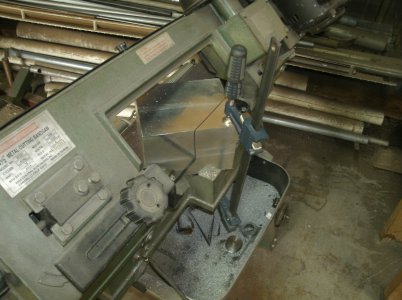
I had to get creative to hold the block in place.
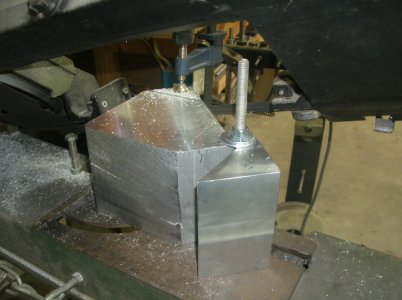
Four cuts in all.
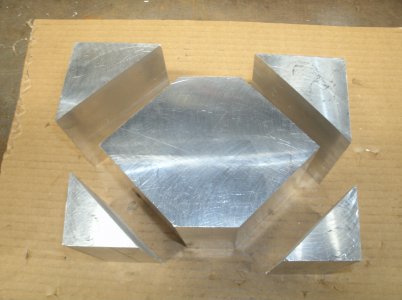
And this is what is left.
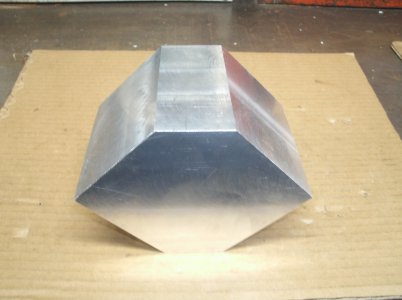
There is a engine in there some place.
Thanks for looking
Ray
This is number 6 of the engines I have built in the last 2 years. I got hooked bad and there doesn't seem to be any way to stop.
This build will be a V Twin engine with the cylinders at 90 degrees to each other. The crank shaft is a 180 degree style with apposing throws where as many of the V engines have one crank throw for both cylinders. I understand that this configuration is not too common so we will have to see how it all turns out.
I have been asked about plans for some of my other builds and I don't have any. I design and build as I go long but I did make a drawing for this engine to see what size material I would need and kind of how things would fit together.

I started with a block of aluminum that was 6" X 5" x 4" and cut away pieces that I didn't need.
HF band saw worked great.

I had to get creative to hold the block in place.

Four cuts in all.

And this is what is left.

There is a engine in there some place.
Thanks for looking
Ray


